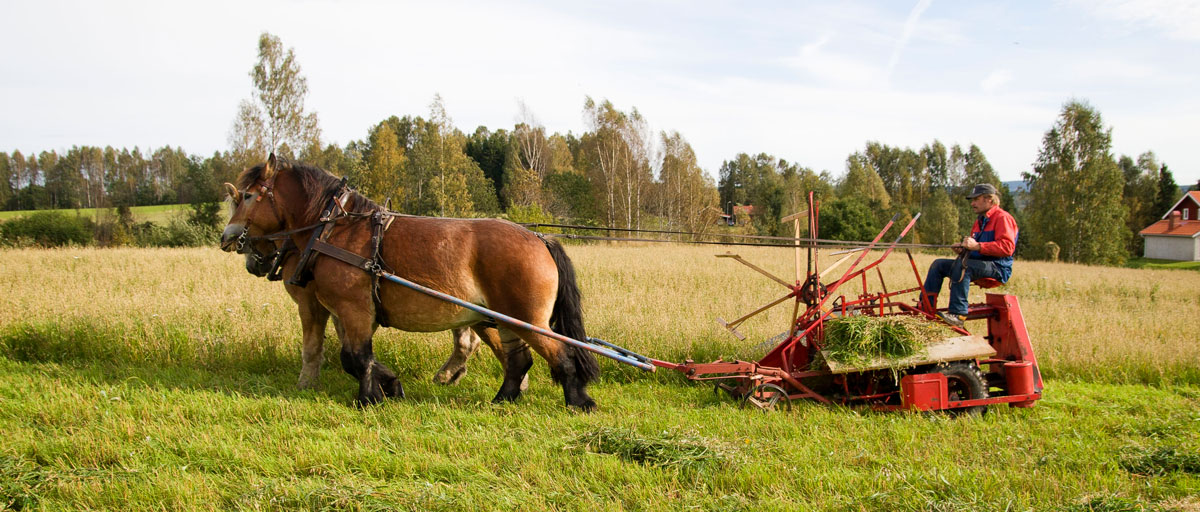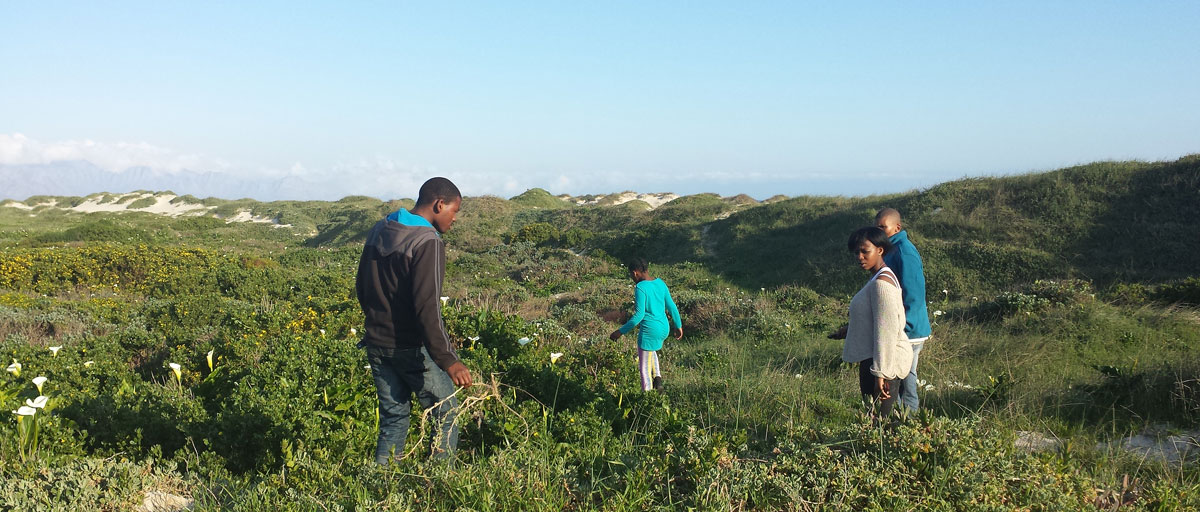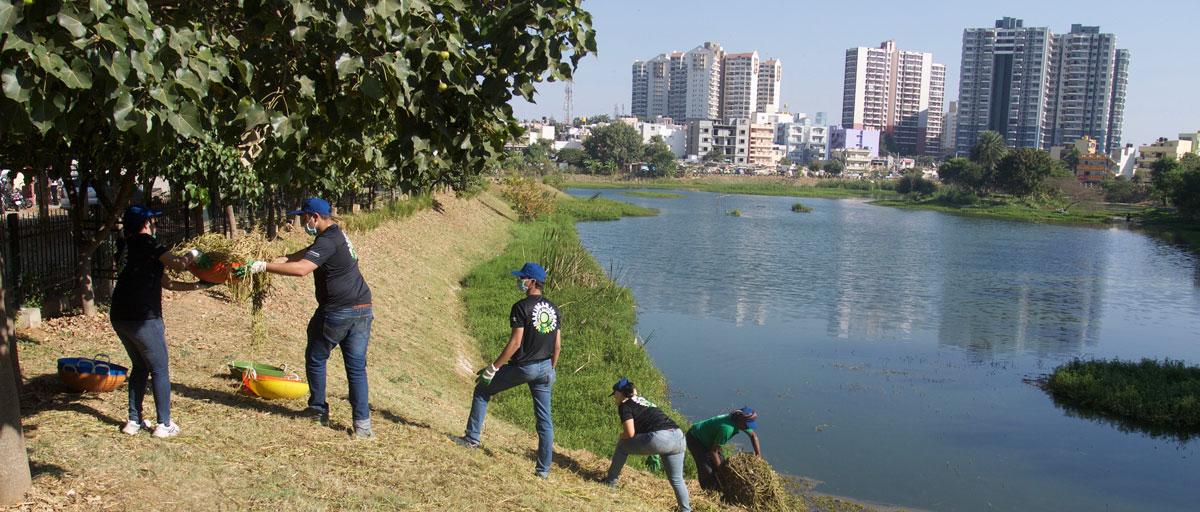
A new article looks at how sense of place can influence environmental stewardship. The study uses a case of neighbourhood lake groups in Bangalore, India and how they have worked to restore local lakes through their own means and through governmental collaboration. Photo: A. Murphy
Bildtext får vara max två rader text. Hela texten ska högerjusteras om den bara ska innehålla fotobyline! Photo: B. Christensen/Azote
STEWARDSHIP
Protecting your place
A sense of place can be a powerful tool when it comes to environmental stewardship. A case study in Bangalore, India explores how local lake groups have helped to restore and protect urban lakes
- New study by current and former centre researchers looks at how a ‘sense of place’ influences environmental stewardship
- Community-run lake groups in Bangalore, India are used as a case study
- Authors used a mixed methods approach, combining semi-structured interviews, surveys, and participant observation
Imagine your favourite place – what it looks like, how it is used, how it smells, how it feels, why it is special. When a particular spot holds a certain meaning, that is your ‘sense of place’. Now imagine that your favourite place will be altered beyond recognition, destroyed, or polluted. In these types of situations, it could be difficult to witness your place changing, and your attachment and sense of place could drive you and others who feel the same way to act.
While it may seem like an obvious reaction to protect a place you enjoy, Ailbhe Murphy, a centre MSc graduate, explains, “It is necessary to understand if and how sense of place acts as a catalyst for collective action and environmental stewardship. Sense of place theories, which allow for peoples’ relationships to a place, need to be unpacked and understood.”
To further investigate sense of place and its influence on collective action, Murphy, along with centre PhD graduate Johan Enqvist and centre researcher Maria Tengö conducted a study on how ‘sense of place’ influences environmental stewardship, acts as a catalyst for people to come together for an environmental cause, and stimulates resource governance.
The study, published in Sustainability Science, uses a case of neighbourhood lake groups in Bangalore, India and how they have worked to restore local lakes through their own means and through governmental collaboration.
Based on our findings, we propose that stewardship groups can influence how a broader community interacts with and cares for urban green spaces, foster a more complex understanding of the varied benefits green spaces generate, and carve out alternative and more sustainable pathways for the governance of urban ecology
Ailbhe Murphy, lead author
The Bangalore lake groups
Bangalore, like many other urban cities, has experienced tremendous population growth in the last half century. This growth has contributed to a city-wide decline in urban green space and waterbodies.
For centuries, Bangalore and its surrounding villages maintained and managed ‘keres,’ or ‘lakes’ which facilitated year-round water supply by capturing seasonal rainfall and recharging local groundwater levels. Each village would manage its own water supply as a common pool resource, until 1964 when all keres were declared to be state property, and put under the care of a government appointed body. In 1969, the decision to pump water into the city from a neighbouring river, further disengaged citizens with the keres.
The keres became increasingly threatened by sewage, silt, poor management, among other issues. In the mid 80s, government agencies were put in charge of kere restoration, but this was spread across nine different departments, making the management fragmented. It was not until 2010 that the ability and readiness of local residents to collaborate in the management of their local keres was formally recognised by government as an opportunity to establish a new co-governance model.
It was this civil engagement that allowed citizens to, “develop their own management approach,” Enqvist explains.
“Groups are reaching out to technical and ecological experts for advice on how to better adapt lake maintenance to local conditions and promote the city’s lakes – not only as recreational parks, but also as places that support biodiversity, the livelihoods of less affluent communities, preservation of cultural heritage, religious activities, flood mitigation, waste water bioremediation, and local water supply.”
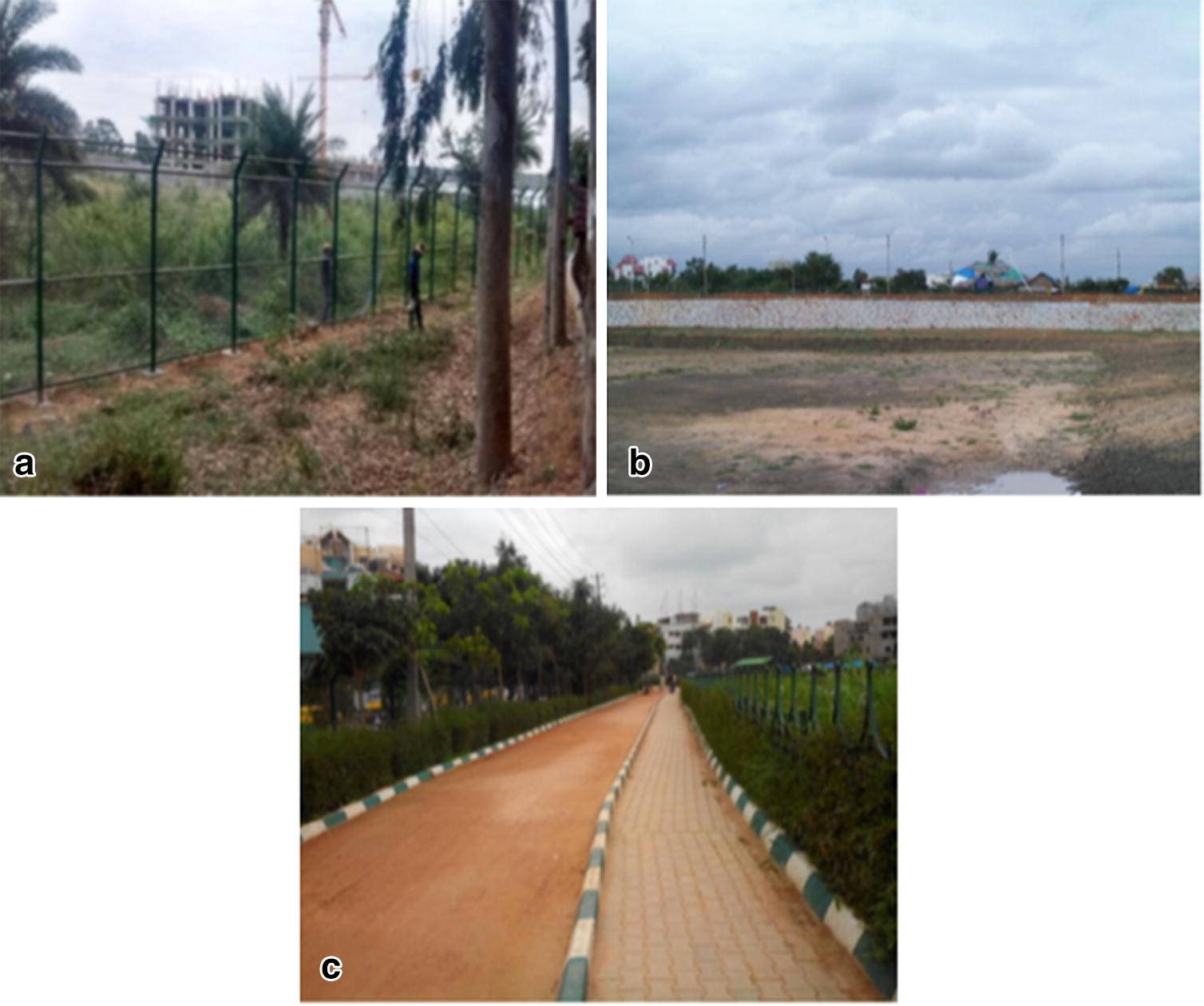
Initial stages of lake restoration: a) Fencing. b) De-silting and bund formation. c) Paving bund as walkway. Click on image to access publication
A sense of place = collective action
The authors found that there was a ‘common stewardship journey.’ Tengö elaborates, “First residents discover the threatened lake, they learn about its complexity, develop a place attachment, and proceed to exert influence on other peoples’ interactions with the lake through place-making techniques, such as community events or learning about the lake’s history.” Additionally, the authors found that residents’ place attachment became stronger over time, as did their motivation to protect the lakes.
The authors also found that the environmental state of the lakes, and the nature available, is what most influenced the groups’ stewardship efforts. Furthermore, they found that those involved in the lake groups were originally from ‘rural’ or ‘green’ areas, and that they were inspired by growing up close to nature. There was a larger drive to protect and generate natural places, beyond the lake itself.
It was also pointed out that the city officials are not able to regularly engage with the lake, and have less place attachment to each lake as compared to lake group members. However, collaboration between lake group members and city officials is a positive step when it comes to effective lake management. Those on the ground can help drive change within government departments though their environmental stewardship.
As Murphy concludes, “Stewardship groups can influence how a broader community interacts with and cares for urban green spaces, foster a more complex understanding of the varied benefits green spaces generate, and carve out alternative and more sustainable pathways for the governance of urban ecology.”
Methodology
This study used a mixed methods approach, incorporating semi-structured interviews, participant observation, and quantitative surveys. The authors selected five lake groups in Bangalore, India to be the focus of this case study. All lake groups had to be active, have at least three members, and be engaged in lake restoration activities.
A total of 41 semi-structured interviews were carried out between October-December 2016 with lake group members (n = 22), local researchers (n = 9), governmental officials working with lakes and water (n = 3), as well as lower income lake village residents (n = 7).
Sense of place surveys were distributed to lake group members twice; the first aimed at understanding perceived lake meanings when they first started, and the second aimed at uncovering present day meanings and attachments. In this way the surveys looked at temporal changes in lake attachment and meanings, and how this has influenced stewardship activities and agendas.
Murphy, A., Enqvist, J.P. and Tengö, M., 2019. Place-making to transform urban social–ecological systems: insights from the stewardship of urban lakes in Bangalore, India. Sustainability Science, pp.1-17.
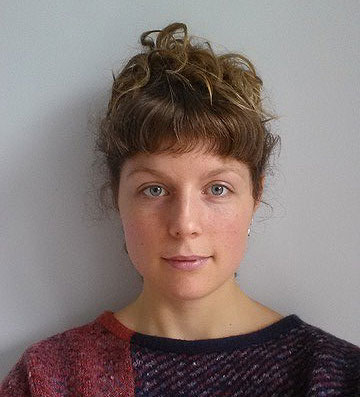
Ailbhe Murphy completed her MSc at the centre in 2018 through the Social-Ecolgoical Resilience for Sustainable Development programme.
%20EnqvistJohan_web.jpg)
Johan Enqvist completed his PhD at the centre in 2017. His research focuses on civic engagement in urban environmental management.
Maria Tengö is a researcher at the centre, focusing on human-nature connections and implications for stewardship.
